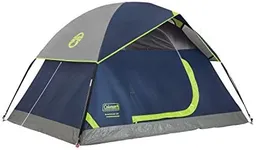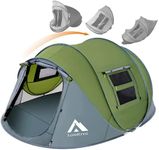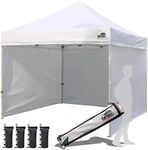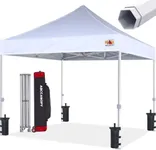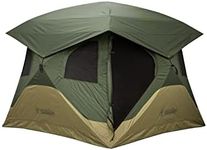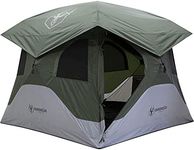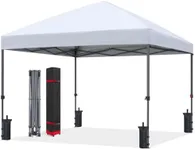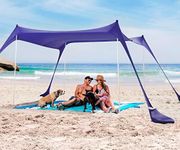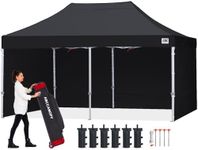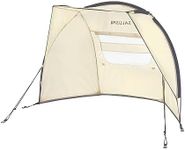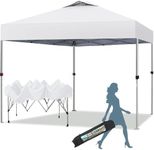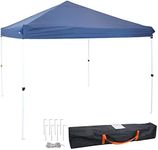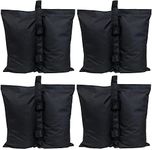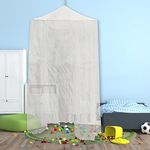Buying Guide for the Best Pop Up Tents
Choosing the right pop-up tent can make your outdoor experience much more enjoyable. Pop-up tents are designed for easy setup and convenience, making them a popular choice for camping, festivals, and other outdoor activities. When selecting a pop-up tent, it's important to consider several key specifications to ensure you get the best fit for your needs. Here are the main factors to consider and how to navigate them.SizeThe size of a pop-up tent is crucial because it determines how many people can comfortably sleep inside and how much gear you can store. Tents are usually categorized by the number of people they can accommodate, such as 2-person, 4-person, or 6-person tents. If you plan to camp alone or with one other person, a 2-person tent might suffice. However, if you need more space for additional people or gear, consider a larger size. Always check the dimensions and floor space to ensure it meets your needs.
WeightWeight is an important factor, especially if you plan to carry the tent over long distances. Pop-up tents are generally lighter than traditional tents, but there can still be significant variations. Lightweight tents (under 5 pounds) are ideal for backpacking and hiking, while heavier tents (over 10 pounds) might be more suitable for car camping where you don't need to carry them far. Consider how you will transport the tent and choose a weight that you can manage comfortably.
MaterialThe material of the tent affects its durability, weather resistance, and breathability. Common materials include polyester, nylon, and canvas. Polyester and nylon are lightweight and water-resistant, making them good choices for most camping conditions. Canvas is heavier but offers better durability and insulation. If you expect wet or windy conditions, look for tents with a higher denier rating (thicker fabric) and waterproof coatings. For hot climates, breathable materials with good ventilation are essential.
Weather ResistanceWeather resistance is key to staying dry and comfortable. Look for tents with a high waterproof rating (measured in millimeters) and features like sealed seams and a rainfly. Tents with a waterproof rating of 1,500mm to 3,000mm are suitable for light to moderate rain, while ratings above 3,000mm are better for heavy rain. Additionally, consider the tent's wind resistance, which is influenced by its shape and pole structure. Dome-shaped tents with sturdy poles tend to perform better in windy conditions.
VentilationGood ventilation is important to prevent condensation and maintain a comfortable temperature inside the tent. Look for tents with multiple windows, mesh panels, and vents. These features allow for better airflow, which is especially important in warm or humid conditions. If you plan to camp in hot weather, prioritize tents with large mesh areas and adjustable vents to keep the interior cool and reduce moisture buildup.
Ease of SetupOne of the main advantages of pop-up tents is their ease of setup. However, some models are easier to set up than others. Look for tents with a simple, intuitive design that allows you to set up and take down the tent quickly. Many pop-up tents can be set up in just a few seconds, but it's still a good idea to practice at home before your trip. Consider how much time and effort you're willing to spend on setup and choose a tent that matches your preference.
Packed SizeThe packed size of the tent is important for storage and transportation. Pop-up tents typically fold down into a compact shape, but the size can vary. Smaller packed sizes are easier to carry and store, making them ideal for backpacking or limited storage space. Check the dimensions of the packed tent to ensure it fits in your backpack, car trunk, or storage area. If space is a concern, opt for a tent with a smaller packed size.

